


The Hoodlum Priest
Venturing into some of the roughest slums of St. Louis, Jesuit priest Rev. Charles Dismas Clark dedicates himself to helping young ex-convicts who are struggling to rejoin a society that fears and rejects them. An especially wrenching case for the Reverend is Billy Lee Jackson, a troubled thief whose personal demons constantly tempt him back to a life of crime — and may ultimately make him pay the highest price for a few desperate decisions.
-
- Cast:
- Don Murray , Larry Gates , Cindi Wood , Keir Dullea , Logan Ramsey


Similar titles
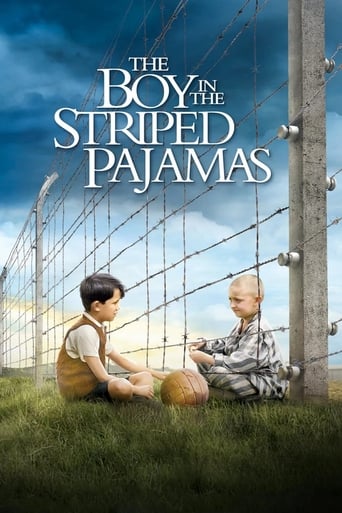
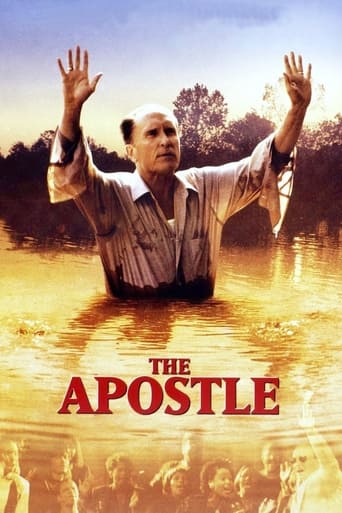
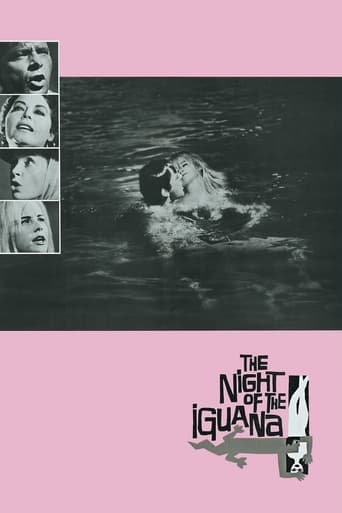
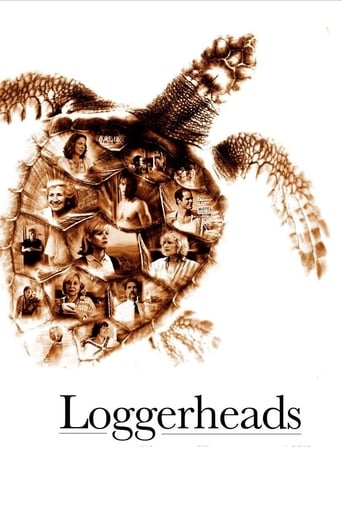
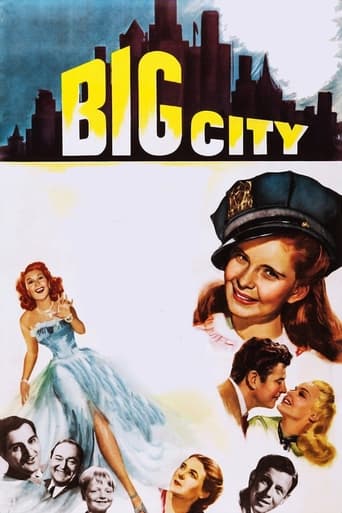
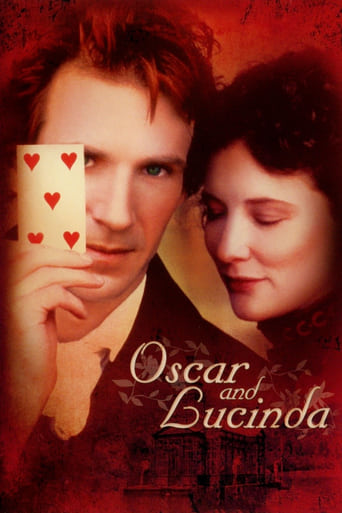
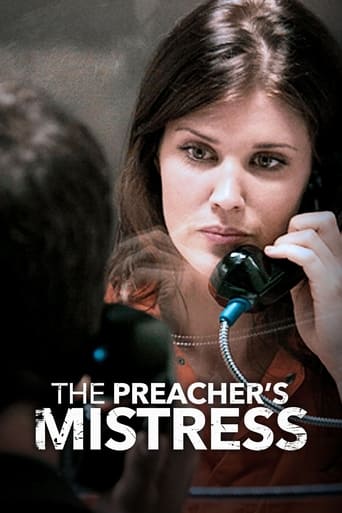
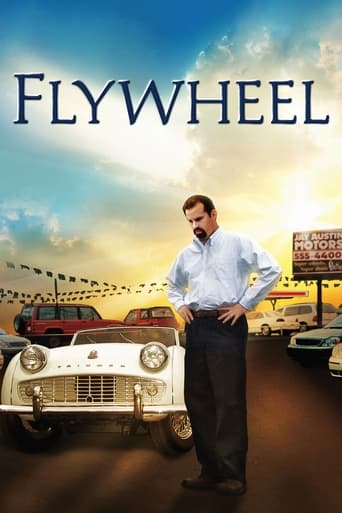
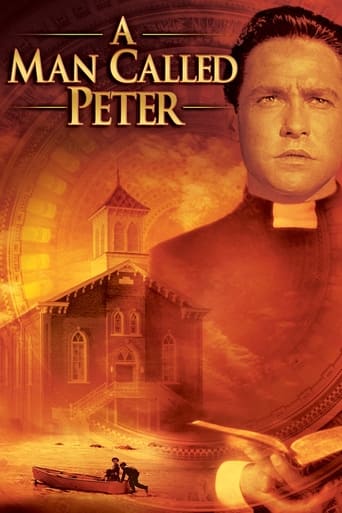
Reviews
So much average
How sad is this?
The movie turns out to be a little better than the average. Starting from a romantic formula often seen in the cinema, it ends in the most predictable (and somewhat bland) way.
The film may be flawed, but its message is not.
Perhaps if the halfway house the Hoodlum Priest envisioned as a way of diverting ex-cons away from criminality and recidivism had been built in time, Keir Dullea wouldn't have died in Missouri's gas chamber in one of most memorable execution scenes ever. The movie starts with Dullea's release from prison and reunion with a former partner in crime. They plot a robbery of a St. Louis strip joint in a seedy part of the city. Don Murray as the Hoodlum Priest offers another avenue for Dullea, and it looks good for him after he meets the daughter of one of the city's wealthy families at a cool poolside party where Murray solicits contributions for the nation's first halfway house from St. Louis's wealthy matrons. Pushing the other side of the agenda is not law enforcement but a newspaper reporter who's job is to sensationalize crime in order to sell more papers and generate ad revenue. It's all well-captured and presented, though a bit preachy at times, in authentic scenes from the streets of St. Louis by should-be-better-known director Irvin Kershner.
The true story of Jesuit priest Father Charles Dismas Clark and his struggles in opening a halfway house for recently-paroled convicts in '50s-era St. Louis. Lead actor Don Murray (who also co-produced the film and co-wrote the screenplay under a pseudonym) was reportedly inspired to tackle this project after meeting the real Father Dismas Clark, who is credited as technical adviser; still, one can see right away how this production got funded, what with a violent police standoff in the third act, capped with a dramatic gas chamber sequence. Despite talented Irvin Kershner as director and Haskell Wexler as cinematographer, the picture isn't any more weighty or profound than the juvenile delinquent programmers of the previous decade. Keir Dullea makes a strong debut as a troubled youth, but Murray and the other cast members generally fail to impress. *1/2 from ****
The Jesuit priest, Charles Dismus Clark, must have been an interesting guy. He went about doing good, or trying to, and hung with thieves and other young criminals, trying to reform them with kindness. He himself came from a terrible background, poverty, coals mines, and union conflicts.This movie leaves you wondering what he was like. Hardly any of it, outside the fleshless skeleton of narrative facts, is believable. The story is mostly a tract in favor of humanism. It was co-written by Don Murray, the actor who plays Father Clark. The priest is shown as, perhaps a little naive and socially clumsy, but otherwise without flaws, unshakable in his faith in God and in his boys.But even Mother Teresa had her unpleasant traits. Reporters who tried to interview her might find themselves scrubbing pots and pans while talking to a stern and demanding subject. Father Clark died in 1963, having devoted most of his life to helping reform recently released prisoners in what would now be called a Halfway House but was at the time a new concept. But he was a man, not a saint.The real story is probably fascinating but the movie is awkwardly written. Clark gets to give a couple of speeches along the lines of Father Flanagan in "Boy's Town." Some speeches are also given to Larry Gates as Louis Rosen, a high-end Jewish lawyer who discovered that his interests were parallel to those of Clark. Clark is close to many of his released inmates and was evidently told of some of their criminal plans before they were carried out -- not during confession, so privilege doesn't apply. But if Clark mentioned this to the police, he'd lose the trust of his wards and be unable to talk them out of other illegal enterprises. That makes him particeps criminis, doesn't it? Of course, undercover policemen are in the same bind. The moral conundrum is mentioned in passing but not explored.On the plus side, neither Clark nor Rosen are shown as sanctimonious or sentimental in any blubbering kind of way. And the other side of the argument is presented concisely. Clark may be opposed to capital punishment and so are Rosen and the governor of Missouri, but the governor can't pardon the condemned kid (Kier Dullea) because the voters elected him to uphold the law, and the law requires that Dullea be gassed.There's an awful scene on death row. First, Dullea is visited by the rich girl he was getting to know before he committed homicide. Then we are taken in graphic detail through the process of the execution itself. The camera remains in the chamber with the terrified Dullea as the gas is released and Dullea struggles and dies. There weren't many execution scenes in the movies when this one was released but now they've become almost de riguer. It's a pretty sickening tendency. Some of us get a thrill out of seeing others of us destroyed. There's a name for that in psychology.Murray, for all his good intentions, isn't the right actor for the part of Father Charles Dismus Clark. Don Murray is a middle-class urbanite burdened with problems, as in "The Bachelor Party" and "Hatful of Rain." Here, his grammatical transgressions aren't really convincing and his secular sermons are mannered.For its time it was something of a shocker. The seedy neighborhoods of St. Louis are niftily captured by photographer Haskell Wexler. The released inmates, however, look very 1950-ish. They all seem so clean, so neat, so white. The moral position of the movie anticipates the 1960s, which converts the perp into the vic. The villain is society, as represented by a skanky reporter who fights every move Clark tries to make. It was a necessary corrective to the prevailing notions of causality at the time -- bad blood, willfulness, the devil. What's needed now is the synthesis. At the moment we can't seem to find it. Political debates are interrupted by wild applause, by cheers, when capital punishment is brought up. Maybe the whole dialectic is misguided. We never find the synthesis, just swing from pole to pole like brachiating apes.
Irv Kerschner, who was George Lucas' teacher at USC and later directed one of his pupil's Star Trek features, made this glossy well-meaning melodrama released by United Artists in 1961. Shot on location in St. Louis and featuring the semi-documentary but often overly self-conscious B&W cinematography of Haskell Wekler, the story is based on the real life story of a Jesuit priest --perhaps the first man in America to set up a half-way house for ex-cons. Although its heart is in the right place, and the film makes the plea that the criminal justice system in the United States only serves to criminalize young offenders rather than reform them, Kershner cannot resist all the obvious opportunities to be arty: chases through railroad yards and into abandoned buildings with broken furniture and boarded-up windows providing the right shadows on the wall. He also hammers home his point by squeezing out the last drop of melodrama from the shaky plot, including a totally implausible electric chair sequence with the priest admitted into the chamber as his hoodlum friend is about to be electrocuted. The film tries to have its cake and eat it, too. In real life the Irish priest was helped to build his halfway house by a Russian-Jewish immigrant attorney, Morris Shenker, but the film homogenizes their relationship; the young offenders somehow feel as if they dropped out of "West Side Story," made the same year, because they were unable to sing and dance.
